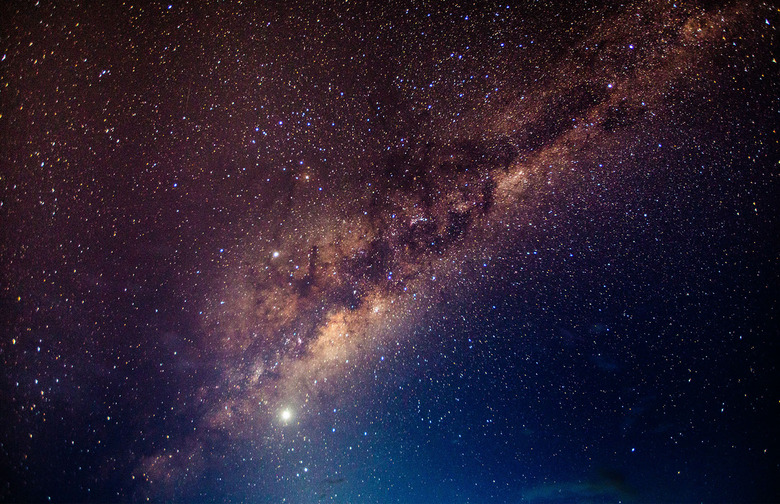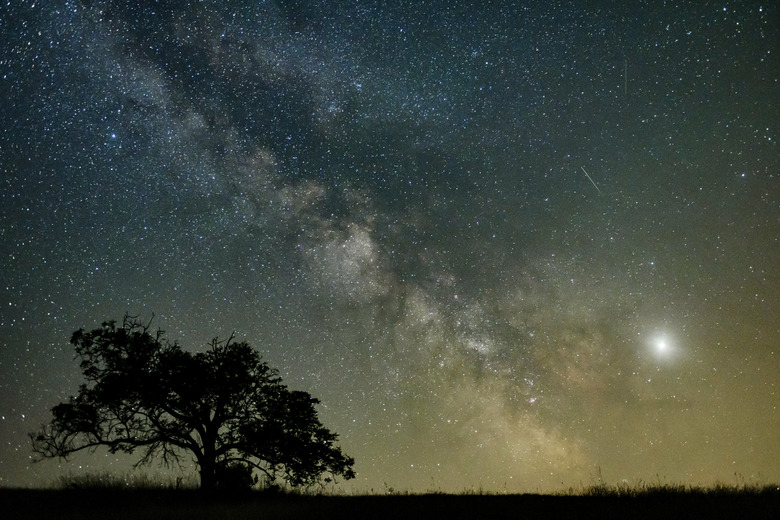Fate Of The Milky Way Shown In New Image Of 2 Galaxies Merging Violently
NASA's James Webb space telescope might be leading headlines, but other observations are still happening without the new spacecraft's help. One such extraordinary observation was captured in an image by the National Science Foundations' NOIRLabs. The lab released a new image of two galaxies merging, which teases the fate of the Milky Way.
The fate of the Milky Way galaxy
The galactic merger is located around 60 million light-years away from Earth. In the image, we see the spiral galaxies NGC 4568 and NGC 4567 locked in a merger that will take at least another few million years to complete. A new image of the galaxies shows them as they collide, still around 20,000 light-years apart. It's beautiful but also a reminder of the ultimate fate that awaits our own Milky Way galaxy.
The image was captured using the NOIRLabs' International Gemini Observatory. NOIRLabs says that the two galaxies will continue to draw in on each other. As they do, they'll trigger intense stellar formations. Additionally, the look of the galaxies will start to distort. That's because gravity will pull at the material within each one.
NOIRLabs says the galaxies will continue to circle each other, slowly drawing closer until they collide completely. When that happens, long streams of stars and gas will mix until the two galaxies completely merge. Aside from being stunning, NOIRLabs says the photo also showcases the ultimate fate of the Milky Way, the very galaxy we call home.
Meeting in the middle
Scientists have predicted for a while now that the fate of the Milky Way galaxy will result in a collision with our neighboring Andromeda galaxy. Of course, we don't expect that collision to happen for at least five million years. But, when it does, the result will probably look very similar to what is seen in this newest image.
Seeing how our own galaxy will likely collide with another is a great chance to study the future's possibilities. And as we study more about galactic mergers, we'll better understand the fate of our own Milky Way galaxy.
Of course, the chance of humanity still being around is unlikely. However, it's impossible to truly say where things will end up in five million years.

